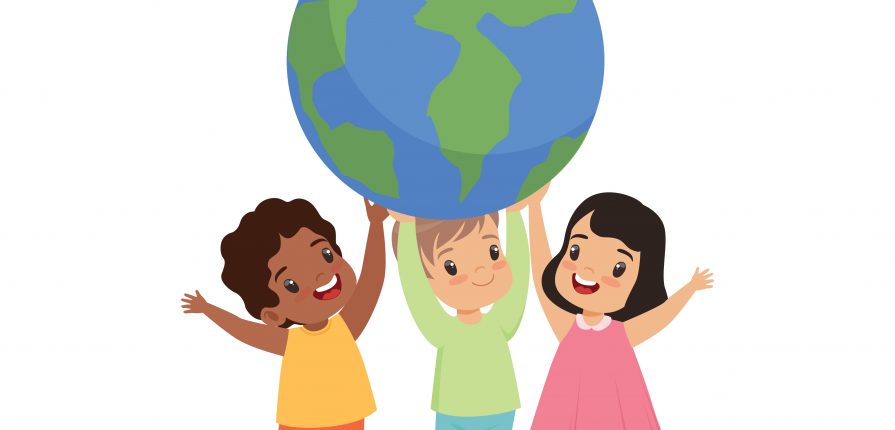Have you ever wondered how children can have a say in big decisions that affect their life? How are kids’ voices heard when it comes to serious decisions about their safety and well-being? A recent study led by our PhD Fellow Frøydis Lønborg Haarberg explains this important topic in “What do we know about children’s representation in child protection decisions? A scoping review”. A scoping review is like a map that helps researchers explore and understand what is known about a topic by summarizing existing studies and identifying gaps in knowledge. This study is about understanding how children are involved in important decisions that affect them, and how much we know about this complex process.
Although the United Nations Convention on the Rights of the Child says kids should have a say, they often do not get a chance in real life. Frøydis’ study looked at lots of research articles from 1990 to 2022 (a total of 7,800!), picking out 51 that were about children’s involvement in these decisions. Most of these studies were from countries like the United Kingdom, the United States, and Norway.
Why is this important? Well, Frøydis found out that many times, children are not included in decisions about them. But there is a problem: we do not know much about how kids are represented overall.
The article points out that there is still a lot we do not know about how to make sure children’s voices are heard in the best way possible. For example, most studies are small and do not cover everything we need to know. We need more research, especially bigger studies and ones that look at different countries and cultures. Understanding how kids are represented in these decisions is important because it helps make sure they are taken care of properly. This review suggests that we need to do more research to fill in these gaps so we can better protect children.
But there is still room for optimism! Some recent studies have started to show where things could be better. Even though we have gaps in our knowledge, these studies give us clues on how to protect children and help them be heard in decision-making.
So, what’s next? Frøydis says we need more research to fill in the gaps. By figuring out what we already know and what we still need to find out, we can make sure children are better represented in important decisions about their lives.
And here is the important issue: to do all this, we need support and resources from policymakers. By investing in research, we can make sure children’s voices are heard loud and clear when it matters most.
This article also shows us that children’s voices matter a lot in decisions that affect them. By listening to children and considering their views, we can create a better and fairer system where every child’s voice is heard and valued.
In our Short Reads series, we publish concise summaries highlighting key points from our latest publications. You can also explore our previous news articles and access the full open-access publications here.

